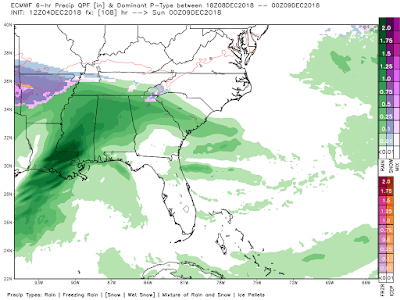When is Daylight Saving Time and Why Do We Have it?
 |
| The 2020 Sun Graph for Denver, Colorado |
When is Daylight Saving Time
First off, for anyone wondering, Daylight Saving Time is not plural. It's singular. It's NOT Daylight Saving(S) Time. Simply, it's just Daylight Saving Time (DST).
Daylight Saving Time occurs on March 8, 2020, at 2 am. At this time, all clocks will jump from 2 am to 3 am in a matter of an instance. This will push sunsets in Denver from 5:59 pm on March 7 to 7:00 pm on March 8. A very noticeable change for those who like longer daylight hours. The contrary, morning sunrise will be altered rather dramatically as well. The sun will rise on March 7th at 6:23 am. A great time for the sun to rise for those are morning people. On March 8, the sun will rise at 7:21 am leaving those will 7am wakeup calls in the dark. Again.
What's the point of Daylight Saving Time?
Daylight Saving Time started in the US as an energy conservation trick during World War I. Then, in the 1960s, it became the national standard.
Presumably, making the daylight hours last longer in the evening, it would mean that we wouldn't need to turn the lights on as soon or as frequently and that would ultimately save electricity. Think, if the sun sets at 8pm rather than 7pm, you can wait for just that much longer to turn on your lights at night.
What If DST Goes Away.....or Stays Forever?
Since I recently found a handy site talking about this specifically - I want to showcase some of the findings. Andy Woodruff is a cartographer and built maps to show what happens with our current DST situation, what would happen if there were no DST and what would happen if DST was to be in place all year long.
What he measured and mapped were the number of days with reasonable sunsets and sunrises. Reasonable, as defined by Woodruff, was for sunsets to occur after 6 pm and for sunrises to happen before 7 am - here are the results:
The map below shows what the current situation is regarding daylight saving time.
This notably shows that a lot of people have unreasonable sunrise times with the way we change clocks. Unreasonable sunrise times are shown in the darker colors below.
 |
| Andy Woodruff - Cartographer |
Here is how things would change if daylight saving was abolished or this is what it would look like if we stuck to the time during our winters. It shows that it would be better, especially in regard to sunrise times but would be slightly worse in regard to sunset times.
 |
| Andy Woodruff - Cartographer |
And below is what it would look like if DST were to always be in effect. The sunrise situation would be notably worse for many but the sunset time being continuously later in the evening would allow for more after work outdoor activities and that is something that is argued to have positive health benefits.
 |
| Andy Woodruff - Cartographer |
It's important to remember that the length of light we experience each day would not change. The change in the amount of light we see is determined by the tilt of the Earth's axis.
Personally, having more daylight in the evenings would be much better than having more daylight in the morning and I consider myself a morning person. My thoughts have shifted slightly since leaving the TV industry. Before I was working at 1 and 2 am so with daylight lasting until 7, 8 or 9 pm, it really made it hard for me to fall asleep. So, in that regard, I get that earlier sunsets are a benefit but for the majority of the public, I'd argue that DST should always be a thing.


Comments
Post a Comment